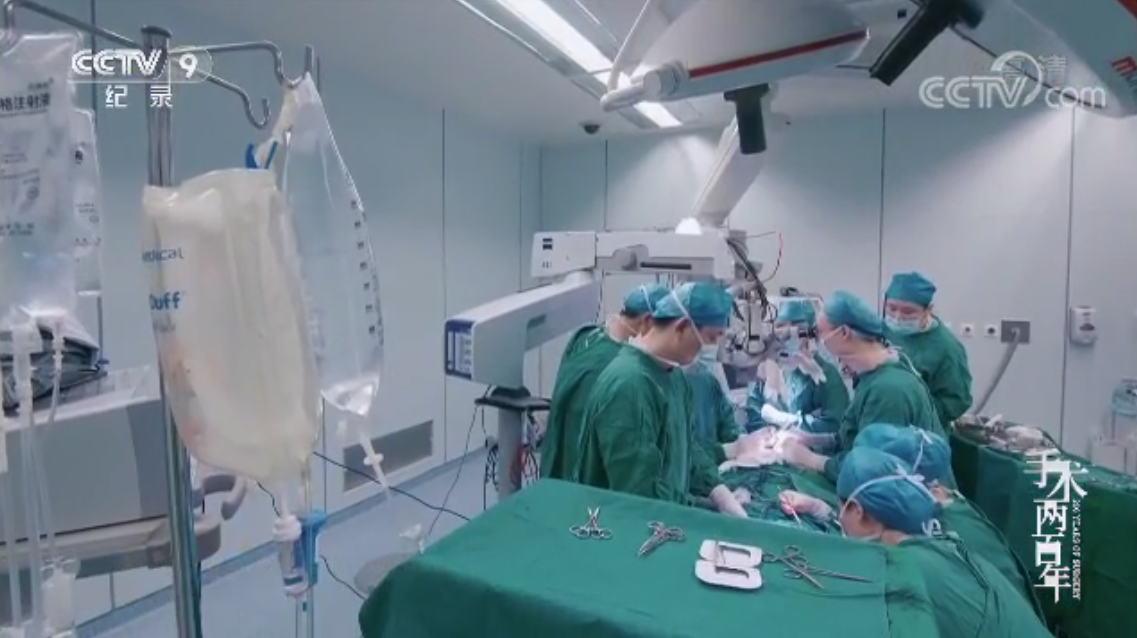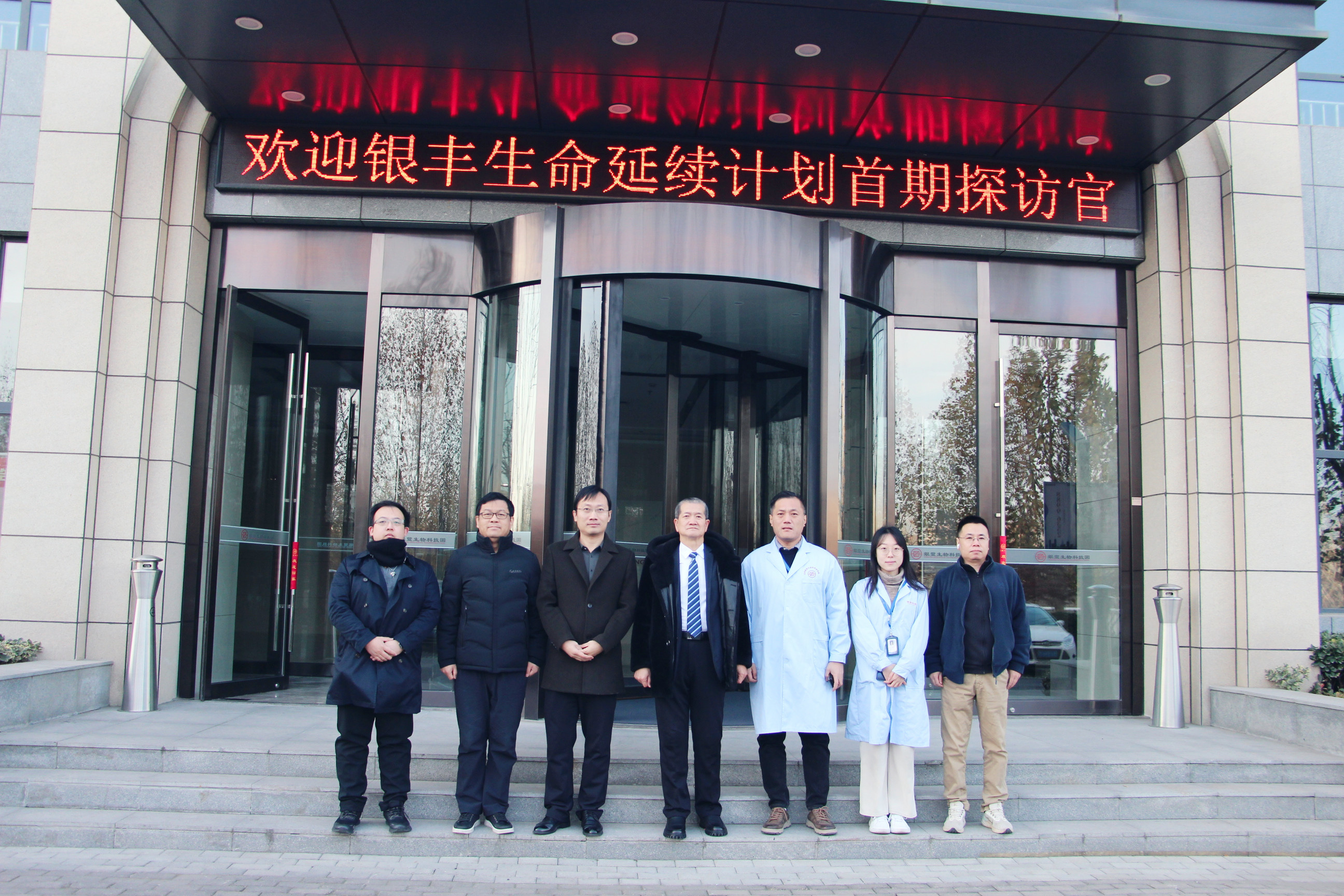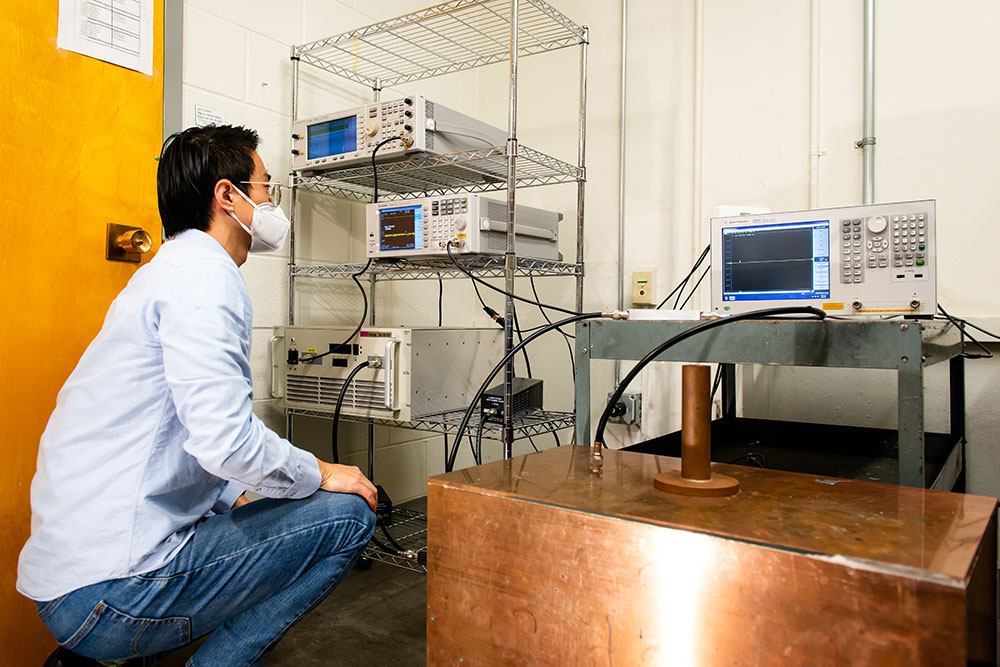Facial transplantation becomes a reality! Over 80 people involved, 92% of patients return to work
Release time:
2024-08-20
The repair and treatment of severe head and facial injuries is a global challenge. The team led by Professor Li Qingfeng, Deputy Director of the Ninth People's Hospital affiliated with Shanghai Jiao Tong University School of Medicine, and Chief Physician Zhan Tao has achieved a breakthrough in this field after more than a decade of research. Their related research paper was recently published in the international journal "JAMA Otolaryngology–Head & Neck Surgery."
For severe head and facial injury repair, international practices commonly use allograft face transplantation techniques. This technique involves transplanting a donated face onto the patient's face, but due to immune rejection, the patient must take immunosuppressive drugs for life. Limited by factors such as donor shortage and ethical issues, only 50 cases of allograft face transplantation have been performed globally. The first patient who underwent the procedure developed two types of cancer due to anti-rejection treatment.
Li Qingfeng and Zhan Tao's team combined traditional surgical techniques with regenerative medicine, stem cells, and digital three-dimensional technology. In 2012, they pioneered the full-face prefabrication and transplantation technique using autologous tissue, completing the world's first case of this kind. The technique uses the patient's own tissues for transplantation, reducing transplantation risks. In recent years, the research team has refined and standardized this technique, further verifying its safety, efficacy, and scalability.

“In simple terms, our technique grows a face on the patient's chest and then transplants this new face onto the patient's face," Zhan Tao explained. First, using cell transplantation to promote skin expansion and regeneration, a skin flap forms on the patient’s chest. This tissue is at least eight times the area of the original skin, with sufficient blood supply, easy to shape, and matches the facial color. Then, through 3D printing technology, the patient’s own cartilage tissue is used to construct the nose, lips, and eye slits on the new skin and soft tissue. Finally, the prefabricated "face" is transplanted onto the patient's face.
A new technique must undergo long-term observation and practice to prove its safety, reliability, and scalability. The research team continuously standardized surgical procedures during clinical practice, ingeniously combining advanced technologies such as flap prefabrication, 3D printing, and ICG angiography-assisted monitoring with traditional methods. This broadened the application and effectiveness of autologous tissue in facial repair. The recently published paper not only details the standardized technique but also shows through long-term clinical reviews and evaluations that this groundbreaking technology is proven safe and effective, potentially becoming the main treatment method in this field.
Experts such as the president of the American Association of Facial Plastic and Reconstructive Surgery regard this achievement as a "significant advancement in facial reconstruction," providing patients with naturally shaped repair effects and facial functionality, while avoiding the lifelong immunosuppression and associated risks of allograft transplantation.
Currently, the "Chinese style face transplantation" has successfully completed over 80 cases, with 92% of patients returning to study or work. The "face transplantation" technology developed by Li Qingfeng and Zhan Tao's team provides effective treatment for patients with various facial tissue and organ defects, showcasing "Chinese wisdom" in the field of head and facial reconstruction.
Latest developments
With infinite hope for future medical technology, I applied to become a member of the Yinfeng Life Extension Program and volunteered to contribute to cryobiology in a hundred years by becoming a cryonics volunteer. I also believe that preservation in China is safer.
As a distinguished emblem of technological innovation in Shandong, Yinfeng's Life Continuation Project will continue to build a bridge for domestic and international government research and academic exchange, continually strengthen scientific collaborations and result transformations with global research institutions, consistently contribute to the development of cryobiomedicine, and inject continuous hope into the shared ideal of extending human life.
Exploring life sciences and anticipating future miracles. The Yinfeng Life Extension Program members' online exchange meeting successfully concluded at 9:30 AM. Aaron Drake, Director of the Clinical Response Center at Shandong Yinfeng Life Science Research Institute (hereafter referred to as Yinfeng Institute), and the cryonics team participated in this exchange event.












